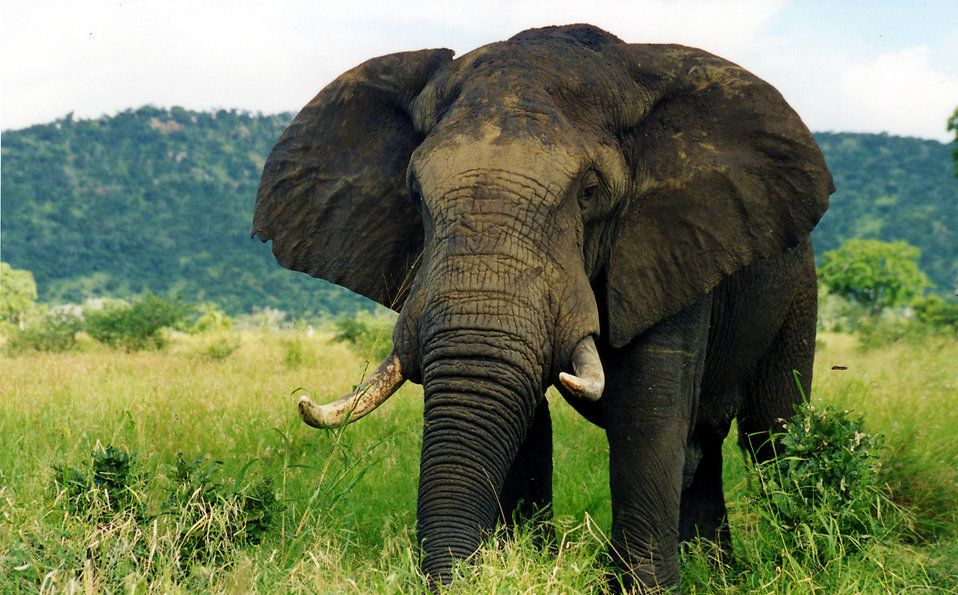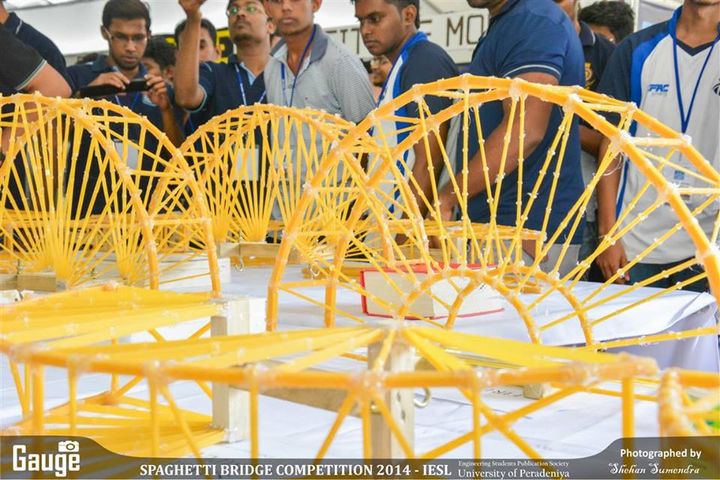Talking with Elephants

You may have heard the words “Elephant attacks” and “Elephants killed” in the news headlines frequently these days. The human-elephant confliction has become one of the major complications arising in recent years. Many efforts have been taken by the government and respective authorities to avoid the conflicts between humans and elephants but many of the solutions which have introduced from these efforts have been worthless over time.
The exponential growth of cleared land has caused elephants to come out of their habitats and search for shelter and food in civilized areas. Today, the rate of elephant deaths and injuries are increasing rapidly. Damage to property and human lives are also comparatively increasing. As we all know, today the Asian Elephant known as elephas maximus is categorized as an endangered species in the IUCN red list.
In an era where the human-elephant conflicts have come to an alarming situation, some members of the academic staff of Faculty of Engineering, University of Peradeniya are conducting several researches with the aim of producing solutions for the human-elephant conflict. ‘Talking with elephants’ is one such project deployed with a friendly approach for the elephants and us.
Dr. Janaka Wijeyakulasooriya together with his research team have come up with an innovative idea of communicating with elephants. Their plan is to use the communication methods to guide them back to the jungle. There are two main phases of the project.
- Monitoring
- Detection of the presence of elephants
- Localization
- Tracking
- Communicating
- Listening
- Understanding
- Talking to them in their own langauge
At the first phase, they were aimed at building a tracking system for elephants. Elephant infra-sound calls are the input of the detection system. First they recorded signals in the areas where presence of the elephants were high. Wawulgane, a rural village located, east of Udawalawe is one such village, where research was carried out. An experimental setup was used for elephant rumble detection using two geophones. The first recording was done at Pinnawala. Major problems faced during the detection were disturbances from other environmental signals such as wind. IIR, FIR and Wiener filters were used to filter elephant sound calls. At the present, they used the seismic communication of elephants for tracking elephants. While factors such as wind and temperature influenced airborne sound propagation, soil type and heterogeneity influenced the propagation of a seismic signal.
The second phase of the project is the most significant and interesting part. Dr. Wijeyakulasooriya and his research team have focused their methodology on the topic “Can we talk to the elephants in their own langauge?” It is actually a great idea to pave a way to communicate with elephants in their own langauge as it will help a lot to bring down the communication barrier and misunderstanding between humans and elephants. Research is under its way to identify their methods of communication. It comprises identification of the various alarm calls they make. Reaction of elephants to bees can be taken as an example.
The final outcome of the research is really an infra-sound based elephant alarm using fusion of both airborne and substrate-born signals. The success of this research project may pave the path for an infra-sound elephant’s fence which might provide great relief for the ongoing human-elephant tragedy. People will no longer need to use “aliwedi” or high voltage to scare them off. Instead they will be able to send them back using their own langauge. Dr. J.V. Wijayakulasooriya, Dr. G.R.M.I. Godaliyadda, Dr. M.P.B. Ekanayake, Dr. D. Randeniya, Ms. A. Ratnayake are the members of the team that carry out this innovative research. As Gauge News Letter and students of the University of Peradeniya, we would like to wish them best of luck, to make this research a success.
Reporter Pasindu Perera Second Year, Department of Electrical and Electronic Engineering, Faculty of Engineering, University of Peradeniya.





